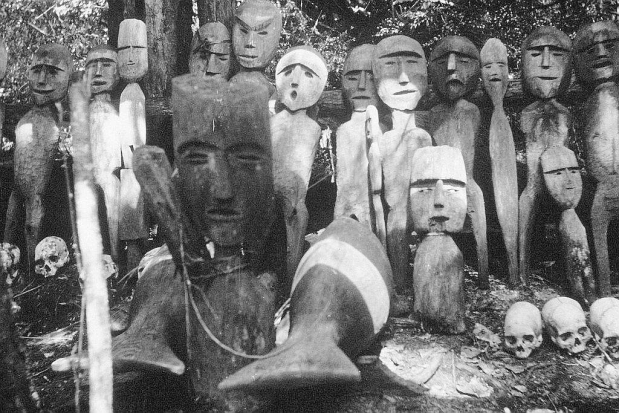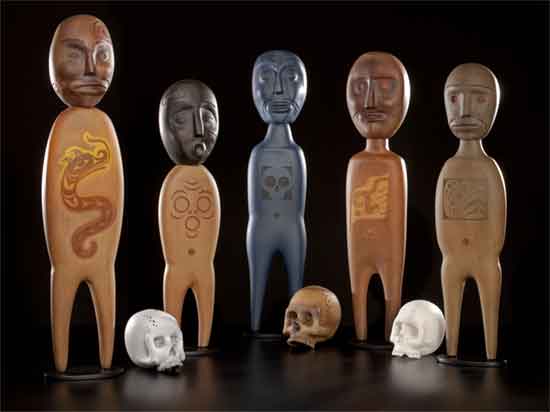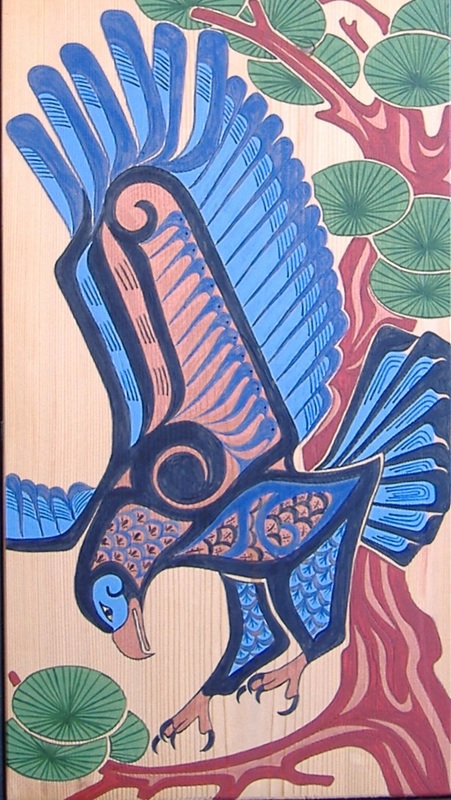The term ‘Theory’ is often misused in general discussion and is often used as a synonym for hypothesis. My understanding of the term ‘Theory’ comes from Robert C. Dunnell and from thirty years of teaching science and math in Neah Bay and La Conner. Dr. Dunnell was the head of the Anthropology Department at the University of Washington when I was a student there in 1976-1977. A theoretical archeologist, Dr. Dunnell explained what would be necessary for the field of archeology to become a scientific approach to inquiry. Dunnell’s Systematics in Prehistory (©1971) had a profound and lasting effect on me and it helped me to understand how science differs from culture. This dichotomy acted as the foundation for my teaching of science on the Makah Reservation at Neah Bay, and it allowed me to relate as well as I could the relationship between scientific thought and Makah cultural values.
Theory is the fundamental body of ideas that allows one to see his world, to describe and explain that world, and to successfully function within its confines. Culture theory differs from scientific theory in that it is based on ritual judgements instead of performance ones. For culture to function, faith and/or belief must be exercised by the person; whereas in science, evidence must be used to support an idea. Science is a method of inquiry designed to ask (and hopefully to answer) questions about the observable universe. Culture, on the other hand, has the flexibility to ask questions which are not experiential and which cannot necessarily be studied empirically. Culture also relies on tradition to maintain and preserve those customs and techniques determined to be useful or essential to a society. Tradition in this sense is an active process and undergoes continual change as warranted—it is not something static and etched in stone for posterity. I think that MoNA’s Not Vanishing exhibit is a perfect example of how outward appearances, materials and techniques might change but yet still speak with a Native voice.
Thus, in light of this, I consider myself a cultural artist, genuinely engaged in maintaining and modifying tradition, and grateful for all those artists past and present whose work continues to act as inspiration for my own work. Within the last century, art has seemed to purposely move away from tradition in the ongoing pursuit of originality and uniqueness. It is a movement away from the consensus of the group to the uniqueness of the individual. It is a reflection of the general drift of society away from that which has cultural meaning and significance. My art demands that I make a connection with tradition, and in doing so, has allowed me to go beyond my own Italian roots and to rejoice in the great complexity and diversity in human culture as a whole.



 RSS Feed
RSS Feed